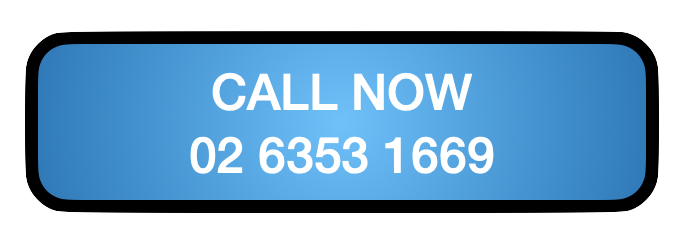Kids are smart. Blocking websites is one thing, but keeping them from using the computer all day is a whole different story. Here are some tricks I noticed kids using to get around the Parental controls. Though this mostly covers OSX parental controls, I’m sure that some of these situations apply to Windows users.
Permission bombardment
When parental controls are active the kids need you to enter your password on a regular basis. This often requires you to stand up, walk over to the computer and manually put in your password (Not their password, yours). OK, fair enough …. wait for it…. Eventually one of them realises that if they ask you enough times you are just going to give them your password so you can be left in peace while they “finish their school project”. (This is REALLY Bad)
A child will forget: homework, how to tie their shoes, to feed the dog or even how to put on clothing. But a child will remember a 20 character password with special characters that gives them unlimited computer time. It will be forever etched in their psyche. Kids remember POWER.
Never give a child your password for any reason. I have seen kids go into their parent’s control settings and totally remove the parental controls from the child account. I know of kids who used their parent’s password to give their own account admin access. And teens who rightly guess that their parents use the same password for everything (BAD Parent!) are likely to do a bit of online shopping while Mum and Dad are otherwise occupied.
You should also make sure you regularly update to a new password and that your system does not automatically log into your account when the computer is turned on.
Time Thief
This happens when siblings are each allotted time specific computer time. The older ones realise they have used up all their time then will use the younger one’s account – stealing time from their siblings. Then the youngest can’t do their homework because they keep getting logged out. And Mum and Dad just think it was some setting error and give the youngest more time … and the cycle continues.
The best way to fix this is to give each one their own log in and password and to not allow them to share it. Even little ones can have a very short password they can remember and they feel special having something they don’t have to share or can’t get bullied out of.
New websites not on the block list
If your settings are to block a site like youtube because the kids are spending too much time on that rather than working on homework, you have to remember that youtube is not the only game in town. Kids will try other sites. And they know them ALL.
The solution to this is to check their logs and see where they are going. Yup – just like Grandma going through the sock drawer or looking under the mattress back in the day – every good parent knows they have to spy on their teenagers. Be clear that their privacy does not apply to the computer use and a condition of screen time is you having the right to review their use as well as access their social media accounts. This is a safety protocol. It is a jungle out there and you are their first line of defence. Check out the sites yourself and let them know that you can see where they are surfing.(Their eyes will get big and they will avoid doing THAT again!)
Try a diffrent device
Ten years ago we only had two smart devices in the house. Now I have a small network to keep track of them all. I’m sure your house is the same. Smartphones are computers. Apple is good with iPhone parental controls, but you need to make sure you turn on the settings. When the device resets, or when they get a new device, those settings are OFF by default. Be the first to set up the device. Create an admin account for yourself and turn those settings ON.
It takes a very short time for kids to figure out how that Raspberry Pi used for their older sister’s programming class has a web browser with no restrictions. Or for them to stumble upon the old family laptop for Minecraft and notice that it has no parental controls at all. Check that ALL the devices are appropriately configured for the kids who have access – or that they don’t have physical access.
So how do you stay on top of this? Magg-Pi!

Magg-Pi is a MacMason proprietary device we set up in your home as a physical attachment to your modem. We can route all the internet traffic through the device. (Adult computers can have an exception during setup). As long as the devices in your home are using the household WiFi, Magg-Pi blocks bad websites before they reach your child’s device. At the time of writing, Magg-Pi blocks over 3 million websites that could be harmful to a child (and to many adults TBH) or your computer since it also blocks sites with known malware or scams.
The best part is, as soon as a new device is set up on the household network it is also blocked from the bad stuff.
And Magg-Pi is always learning. When we discover new sites that should be blocked (we have a spider that searches on the internet for them) or a customer reports a new site, that website is automatically added to the block list
We can even customise this device for your individual needs. Like blocking Facebook, Instagram. Torrent sites, Gambling sites, or any other sites that do not support your family’s values.
Best combination for success to keep the kids safe
- Magg-Pi Web blocker on the network
- Personal training for the adults to properly use the Parental controls
- Have a Mac tech audit all your family devices to be sure they are free from malware and then help you set up the parental controls on them



